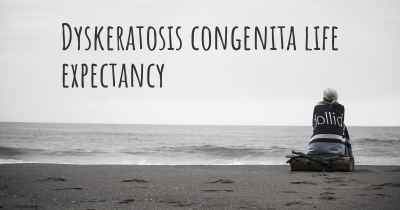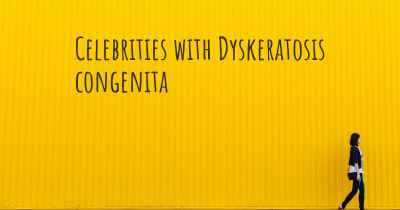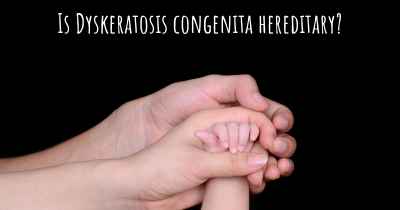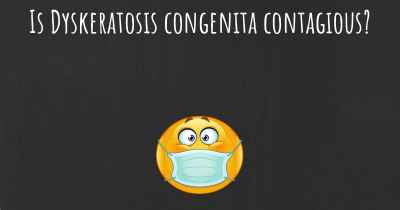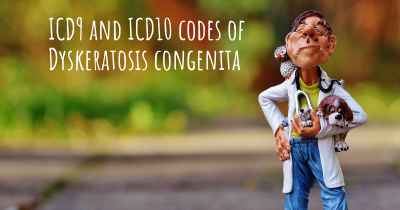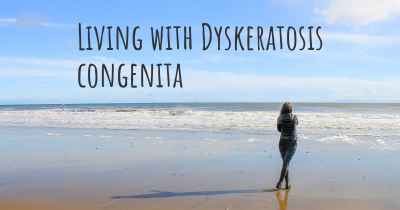Which are the symptoms of Dyskeratosis congenita?
See the worst symptoms of affected by Dyskeratosis congenita here
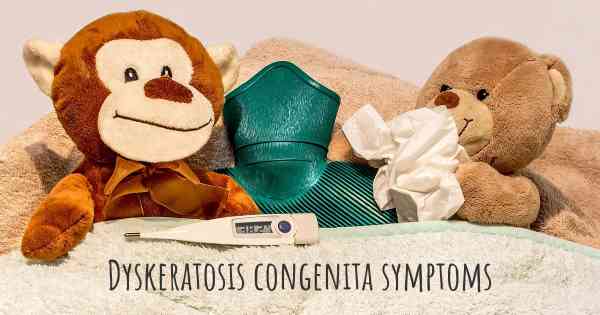
Symptoms of Dyskeratosis Congenita
Dyskeratosis congenita (DC) is a rare genetic disorder that affects multiple systems in the body. It is characterized by a triad of symptoms including abnormal skin pigmentation, nail dystrophy, and oral leukoplakia. However, DC can also manifest with a wide range of other symptoms and complications. Let's explore the various symptoms associated with this condition:
1. Abnormal skin pigmentation:
One of the hallmark signs of DC is abnormal skin pigmentation. Individuals with DC may have areas of hyperpigmentation (darkened patches) or hypopigmentation (lightened patches) on their skin. These pigmentation changes often appear on the neck, chest, face, and extremities. The skin may also become thin and fragile, making it prone to bruising and tearing.
2. Nail dystrophy:
Another common symptom of DC is nail dystrophy, which refers to the abnormal development of nails. Affected individuals may have nails that are thin, ridged, brittle, or spoon-shaped. The nails may also be discolored, with white spots or streaks. In severe cases, the nails may be completely absent.
3. Oral leukoplakia:
Oral leukoplakia is the presence of white patches or plaques on the mucous membranes of the mouth. It is a characteristic feature of DC and can occur on the tongue, gums, inner cheeks, and other oral surfaces. These patches are not easily scraped off and may be associated with discomfort or pain.
4. Bone marrow failure:
DC can lead to bone marrow failure, which occurs when the bone marrow fails to produce enough healthy blood cells. This can result in a decrease in red blood cells (anemia), white blood cells (leukopenia), and platelets (thrombocytopenia). Bone marrow failure can cause fatigue, weakness, increased susceptibility to infections, and easy bruising or bleeding.
5. Pulmonary complications:
Some individuals with DC may develop pulmonary complications, such as pulmonary fibrosis or interstitial lung disease. These conditions can cause progressive scarring and inflammation of the lung tissue, leading to breathing difficulties, coughing, and reduced lung function.
6. Liver abnormalities:
DC can affect the liver, leading to liver abnormalities such as hepatomegaly (enlarged liver) or liver fibrosis. These liver problems may cause abdominal pain, jaundice (yellowing of the skin and eyes), and abnormal liver function tests.
7. Gastrointestinal issues:
Individuals with DC may experience gastrointestinal problems, including difficulty swallowing (dysphagia), gastroesophageal reflux disease (GERD), and inflammation of the esophagus (esophagitis). These issues can cause pain, discomfort, and difficulty in obtaining proper nutrition.
8. Eye abnormalities:
DC can affect the eyes, leading to various eye abnormalities. These may include dry eyes, conjunctivitis, cataracts, and retinal changes. Vision problems and increased sensitivity to light (photophobia) may also occur.
9. Genitourinary complications:
Some individuals with DC may experience genitourinary complications, such as abnormal development of the reproductive organs, kidney abnormalities, or urinary tract infections.
10. Increased cancer risk:
Individuals with DC have an increased risk of developing certain types of cancer, including squamous cell carcinoma, acute myeloid leukemia (AML), and other solid tumors. Regular cancer screenings and monitoring are essential for early detection and treatment.
It is important to note that the severity and combination of symptoms can vary widely among individuals with DC. Some individuals may only exhibit a few mild symptoms, while others may experience more severe complications. Additionally, the age of onset and progression of symptoms can also vary.
If you or someone you know is experiencing any of these symptoms or suspect the presence of dyskeratosis congenita, it is crucial to consult with a healthcare professional for a proper diagnosis and appropriate management.
